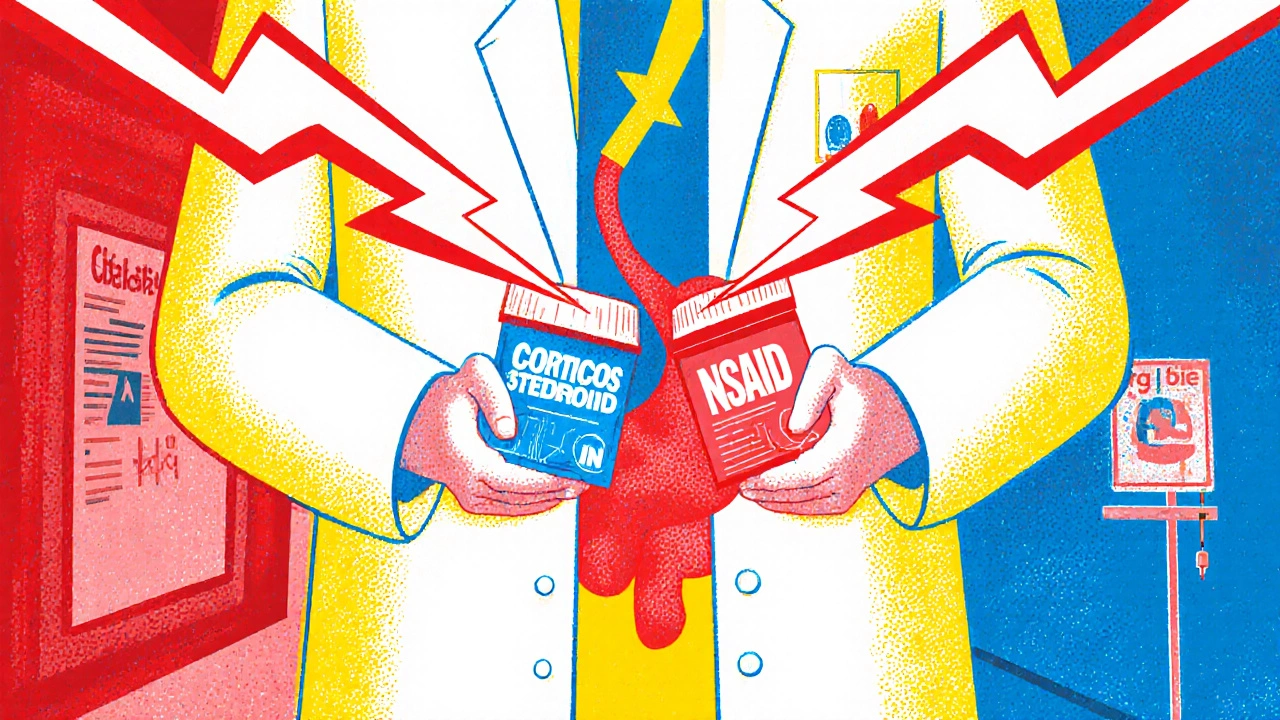COX-2 Selective NSAIDs: What They Are, How They Work, and Which Ones You Might Use
When you need pain relief but want to avoid stomach problems, COX-2 selective NSAIDs, a class of painkillers designed to target inflammation with less risk to the stomach lining. Also known as COX-2 inhibitors, they were developed to give the same relief as older NSAIDs like ibuprofen or naproxen—but without the same level of gut irritation. Not all NSAIDs are the same. Regular ones block both COX-1 and COX-2 enzymes. COX-1 helps protect your stomach, while COX-2 drives pain and swelling. By only hitting COX-2, these drugs aim to cut inflammation without hurting your digestive system.
That’s the theory, anyway. The most well-known COX-2 selective NSAID, rofecoxib, a drug once widely prescribed for arthritis and acute pain. Also known as Vioxx, it was pulled from the market in 2004 after studies showed it raised the risk of heart attacks and strokes. Another, celecoxib, the only COX-2 inhibitor still commonly used today. Also known as Celebrex, it’s prescribed for osteoarthritis, rheumatoid arthritis, and sometimes for short-term pain after surgery. It’s not risk-free—doctors still watch for heart issues, especially in people with existing cardiovascular conditions. But for many, it’s a better option than long-term use of ibuprofen or naproxen, which can cause ulcers and bleeding.
These drugs don’t cure anything. They just manage symptoms. If you’re taking one for chronic pain, you’re likely also dealing with arthritis, back issues, or joint wear-and-tear. That’s why so many of the articles on this site focus on long-term pain management, alternatives like physical therapy, and how these drugs interact with other conditions—like heart disease, kidney function, or even thyroid health. You’ll find posts comparing them to other painkillers, exploring side effects, and explaining why some people switch off them entirely.
What you won’t find here is hype. No "miracle cure" claims. Just clear info on how COX-2 selective NSAIDs actually work, who they help, who they might hurt, and what to ask your doctor before starting or stopping them. The posts below cover real-world experiences, safety checks, and how these drugs fit into broader treatment plans—for arthritis, chronic pain, and even conditions where inflammation plays a hidden role.

- Oct 24, 2025
- Posted by Cillian Osterfield
Steroids and NSAIDs: How to Lower the Massive GI Bleeding Risk
Learn why steroids and NSAIDs together dramatically raise GI bleeding risk and how to prevent it with PPIs, risk calculators, and smart drug choices.
Categories
- Health and Wellness (57)
- Medications (39)
- Health and Medicine (22)
- Pharmacy Services (10)
- Mental Health (5)
- Health and Career (2)
- Medical Research (2)
- Business and Finance (2)
- Health Information (1)
Latest Posts
©2025 heydoctor.su. All rights reserved





